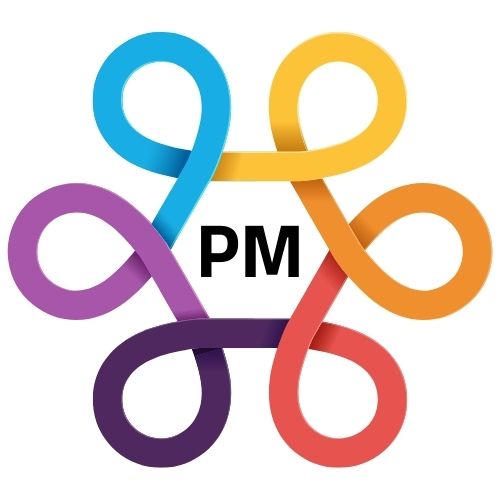How to Build a Content Calendar That Works

How to Build a Content Calendar That Works...
A well-structured content calendar is the backbone of any effective content marketing strategy. It's more than just a schedule; it's a strategic tool that ensures consistency, organization, and alignment with your marketing goals. But how do you build a content calendar that truly works? Let's break it down.
1. Define Your Goals and Target Audience (Again!)
Yes, this is repetitive, but crucial. Your content calendar must reflect your overall marketing objectives. Revisit your goals: are you aiming for brand awareness, lead generation, or sales? Understanding your target audience is equally important. Tailor your content to their interests, pain points, and preferred platforms.
2. Conduct a Content Audit:
Before filling your calendar, assess your existing content.
- Identify High-Performing Content: Determine which pieces resonated most with your audience.
- Analyze Content Gaps: Pinpoint topics or formats you're missing.
- Repurpose Existing Content: Explore opportunities to refresh or repurpose older content.
3. Choose Your Calendar Format:
There's no one-size-fits-all approach. Choose a format that suits your team's workflow.
- Spreadsheets (Excel or Google Sheets): Flexible and customizable, ideal for small teams.
- Project Management Tools (Trello, Asana, Monday.com): Collaborative platforms with task management and workflow features.
- Content Calendar Plugins (WordPress Editorial Calendar): Integrated solutions for WordPress users.
- Dedicated Content Calendar Tools (CoSchedule, ContentCal): Feature-rich platforms designed specifically for content planning.
4. Populate Your Calendar with Essential Information:
Include these key details for each piece of content:
- Title/Headline: A concise and compelling title.
- Content Type: Blog post, video, social media post, etc.
- Author/Creator: The person responsible for creating the content.
- Target Keyword(s): Relevant keywords for SEO.
- Target Platform(s): Where the content will be published.
- Publication Date and Time: The scheduled release date.
- Status: Draft, in progress, ready for review, published.
- Notes/Comments: Any relevant information or instructions.
- Call to Action (CTA): What you want the audience to do after consuming the content.
- Associated Campaign: Is this content part of a larger campaign?
5. Plan for Content Variety and Themes:
Don't stick to one content format. Mix it up!
- Vary Content Types: Include blog posts, videos, infographics, podcasts, and social media posts.
- Create Thematic Pillars: Organize content around core themes or topics.
- Plan for Seasonal Content: Incorporate holidays, events, and industry trends.
6. Establish a Consistent Posting Schedule:
Consistency is key to building an audience.
- Determine Optimal Posting Frequency: Consider your resources and audience preferences.
- Maintain a Regular Schedule: Stick to your posting schedule as much as possible.
- Account for Peak Engagement Times: Publish content when your audience is most active.
7. Implement a Review and Approval Process:
Ensure content quality and consistency with a structured review process.
- Assign Reviewers: Designate individuals responsible for reviewing content.
- Establish Deadlines: Set clear deadlines for reviews and approvals.
- Use Collaboration Tools: Utilize tools for feedback and revisions.
8. Integrate Social Media and Promotion:
Don't forget to plan for content promotion.
- Schedule Social Media Posts: Create social media posts to promote your content.
- Plan Email Marketing Campaigns: Include content promotion in your email newsletters.
- Consider Paid Promotion: Allocate budget for paid advertising if necessary.
9. Allow for Flexibility and Adaptability:
The digital landscape is dynamic. Your calendar should be flexible enough to accommodate changes.
- Leave Room for Trending Topics: Be prepared to create content on breaking news or trends.
- Adjust Based on Performance: Analyze your content's performance and adjust your strategy accordingly.
- Regularly Review and Update: Schedule regular reviews of your content calendar.
10. Track and Analyze Performance:
Monitor your content's performance to measure its effectiveness.
- Use Analytics Tools: Track metrics like website traffic, engagement, and conversions.
- Analyze Key Performance Indicators (KPIs): Measure the success of your content based on your goals.
- Identify Areas for Improvement: Use data to refine your content strategy.
By following these steps, you can build a content calendar that's not just a schedule, but a strategic asset that drives results and helps you achieve your marketing goals.
